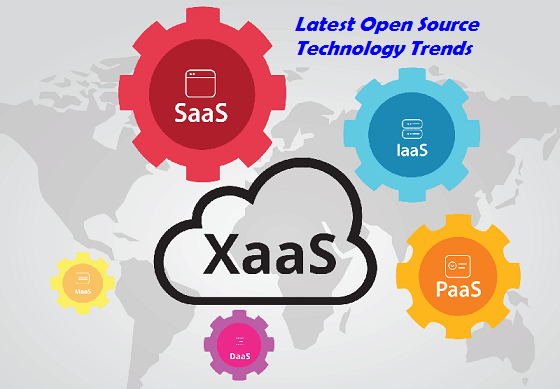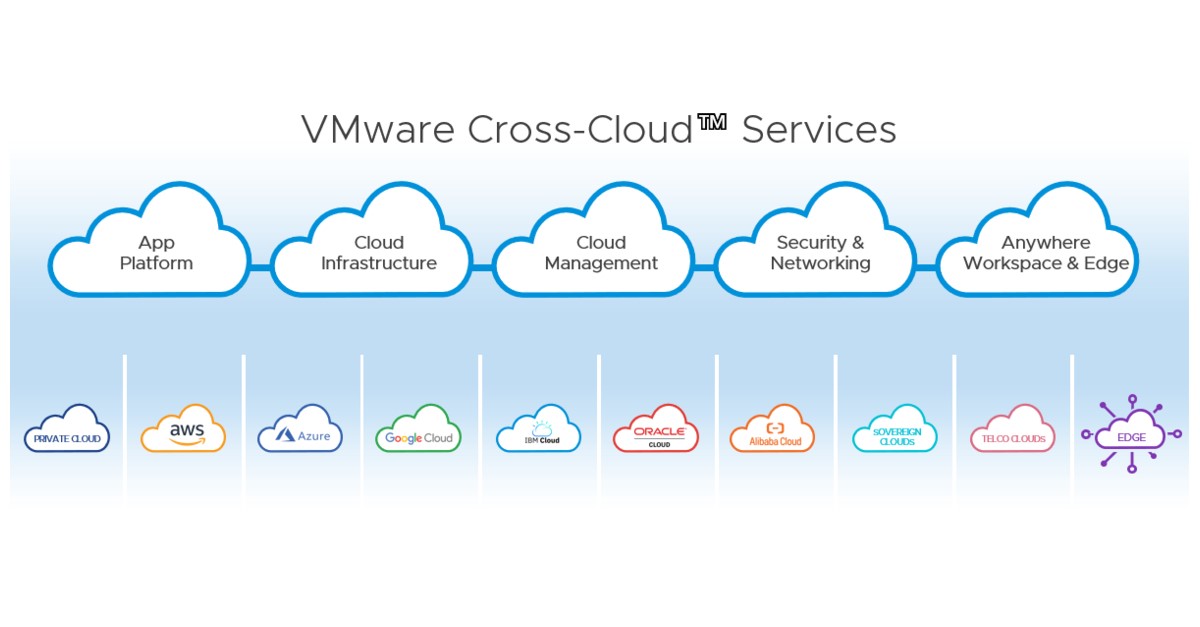Businesses may better handle demand surges by using cloud bursting
Cloud bursting is an application deployment technique in which an application runs in a private cloud or data center and bursts into a public cloud when the demand for computing capacity spikes. This deployment model gives an organization access to more computing resources when needed.
When compute demand exceeds the capacity of a private cloud, cloud bursting gives an organization additional flexibility to deal with peaks in IT demand. In addition, cloud bursting frees up local resources for other critical applications.

Figure1. Businesses may better handle demand surges by using cloud bursting
Businesses may better handle demand surges by using cloud bursting is shown in figure 1 One particularly useful cloud strategy for running business applications is “cloud bursting”. This means that once a business app’s demand for computing capacity reaches a certain predetermined threshold, the app “bursts” from that business’ private cloud into a public cloud, and is run there. By using private and public cloud resources in this way, cloud bursting might sound sophisticated.
The business advantages of cloud bursting
One of the main advantages of cloud bursting is its ability to help businesses manage spikes in demand. When an app is used heavily and suddenly, as it might be at Christmas in industries like retail, or in July for industries like hospitality, private cloud capacity is often maxed out. Businesses need a way to ensure extra cloud capacity on demand. Cloud bursting offers this by ‘bursting’ the app onto a public cloud to be run there temporarily. When demand drops off, the app returns to being run on a private cloud.
A second advantage of cloud bursting is that it helps minimise cloud infrastructure costs. Cloud infrastructure expenditure can be kept to a minimum if there’s the option of bursting apps on the public cloud. Cloud bursting also ensures extra compute resources are only paid for when needed.A business’ cloud spending can be neatly aligned with real-time peaks and troughs in demand.
Features
Cloud Bursting provides a solution to manage this situation by moving the additional workload to public cloud in a seamless way and its features are
- Continuously monitor the current load of the applications.
- Move the additional workload to the public cloud upon reaching a limit through a trigger.
- Maintain Data and Application consistency between Private cloud and public cloud.
- Switch off the cloud bursting once the load reaches normal level.
- Payout to the public Cloud service provider for Compute and storage as per the usage.
The process of monitoring the workload of applications and moving them back and forth to a Public cloud can happen through an automated system within the firewall of the private cloud.
However, it's worth noting that implementing cloud bursting requires careful planning and infrastructure design. Businesses need to have a well-architected cloud environment and a strategy in place to seamlessly integrate bursting capabilities into their applications or workloads. Additionally, data security, network connectivity, and application compatibility should be considered when adopting cloud bursting.
Overall, cloud bursting is a valuable tool for businesses to manage spikes in demand effectively. It offers the flexibility, scalability, and cost-efficiency necessary to handle sudden increases in workload while ensuring optimal performance and customer satisfaction.
References:
- https://www.techtarget.com/searchcloudcomputing/definition/cloud-bursting
- https://www.cloudcomputing-news.net/news/2023/may/09/cloud-bursting-can-help-businesses-manage-spikes-in-demand/
- https://www.educba.com/what-is-cloud-bursting/
Cite this article:
Gokula Nandhini K (2023), Businesses may better handle demand surges by using cloud bursting, AnaTechMaz, pp.95















